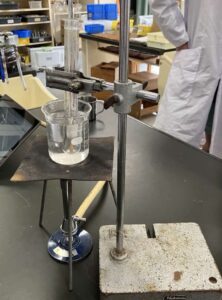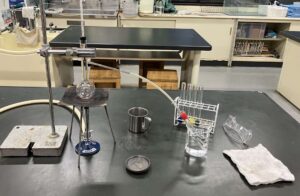Chopstick Challenge: The Invisible Power of Air That Beats Super Strength!
Ken Kuwako, Science Trainer. Every Day is an Experiment.
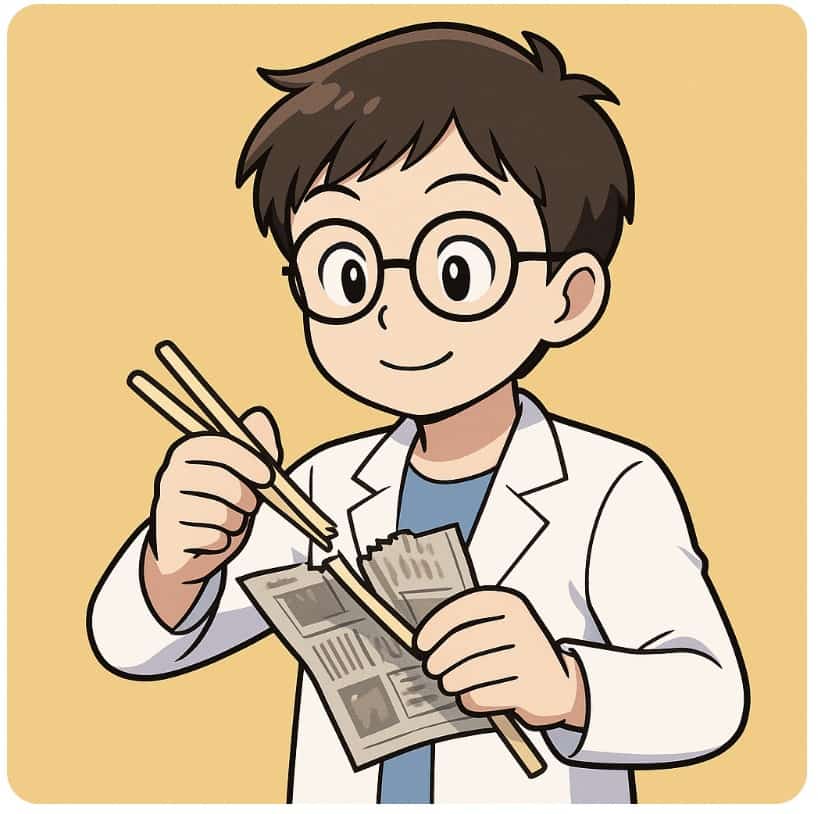
It’s like magic! Imagine being able to snap a hard chopstick (or a wooden ice cream stick!) clean in half using nothing more than a single sheet of newspaper. What’s your first reaction? You’re probably thinking, “No way that’s possible!” Well, get ready to be amazed. This phenomenon isn’t about super strength; it’s a genuine science magic trick that harnesses the power of air. Today, let’s unlock the secret behind this jaw-dropping experiment from a scientific perspective!
Seeing is Believing! Check Out This Incredible Phenomenon
Instead of just describing it, the best way to understand is to see it in action. Take a look at this video:
Pretty cool, right? The setup is surprisingly simple. First, place a chopstick on a table so that a small part of it overhangs the edge. Next, lay a single sheet of newspaper over the chopstick. For the best chance of success, make sure to smooth out the newspaper to eliminate any air pockets underneath.
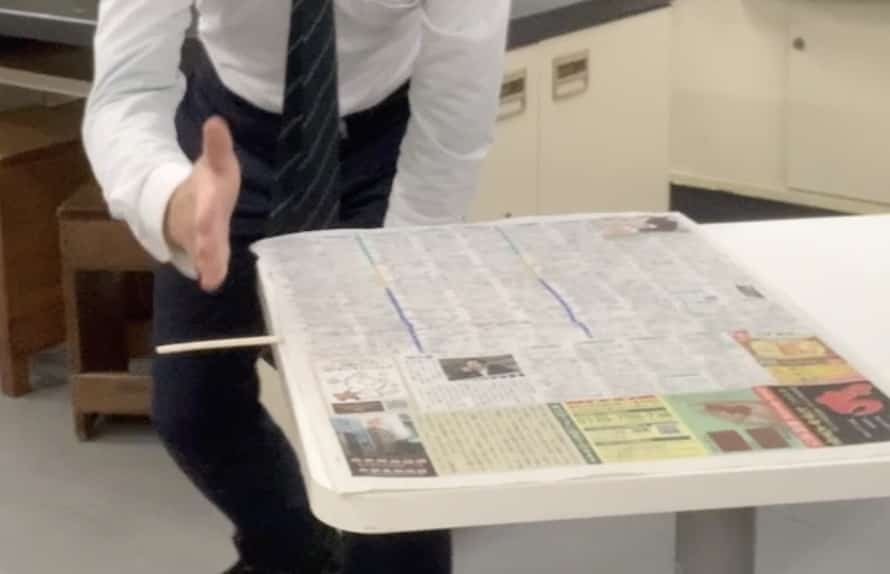
That’s all the prep you need. Now, take a karate-chop stance and quickly strike the overhanging tip of the chopstick with a sharp “Hah!”
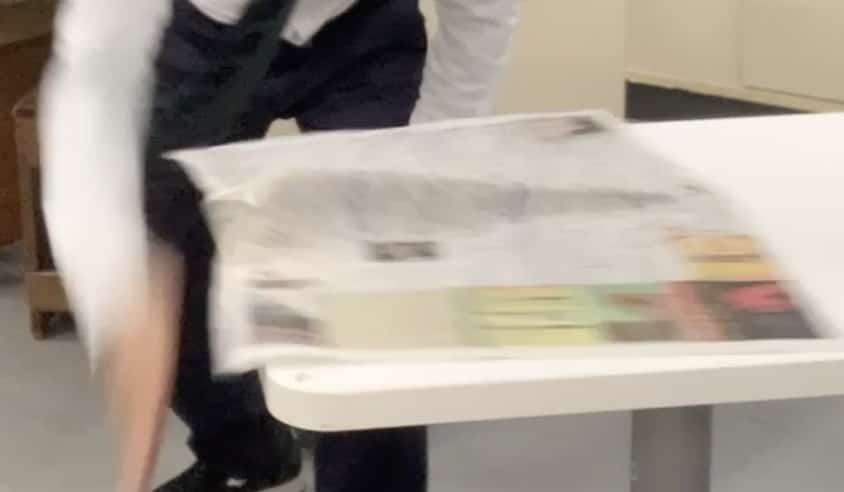
The next thing you know… the newspaper barely moves, but the chopstick snaps instantly!
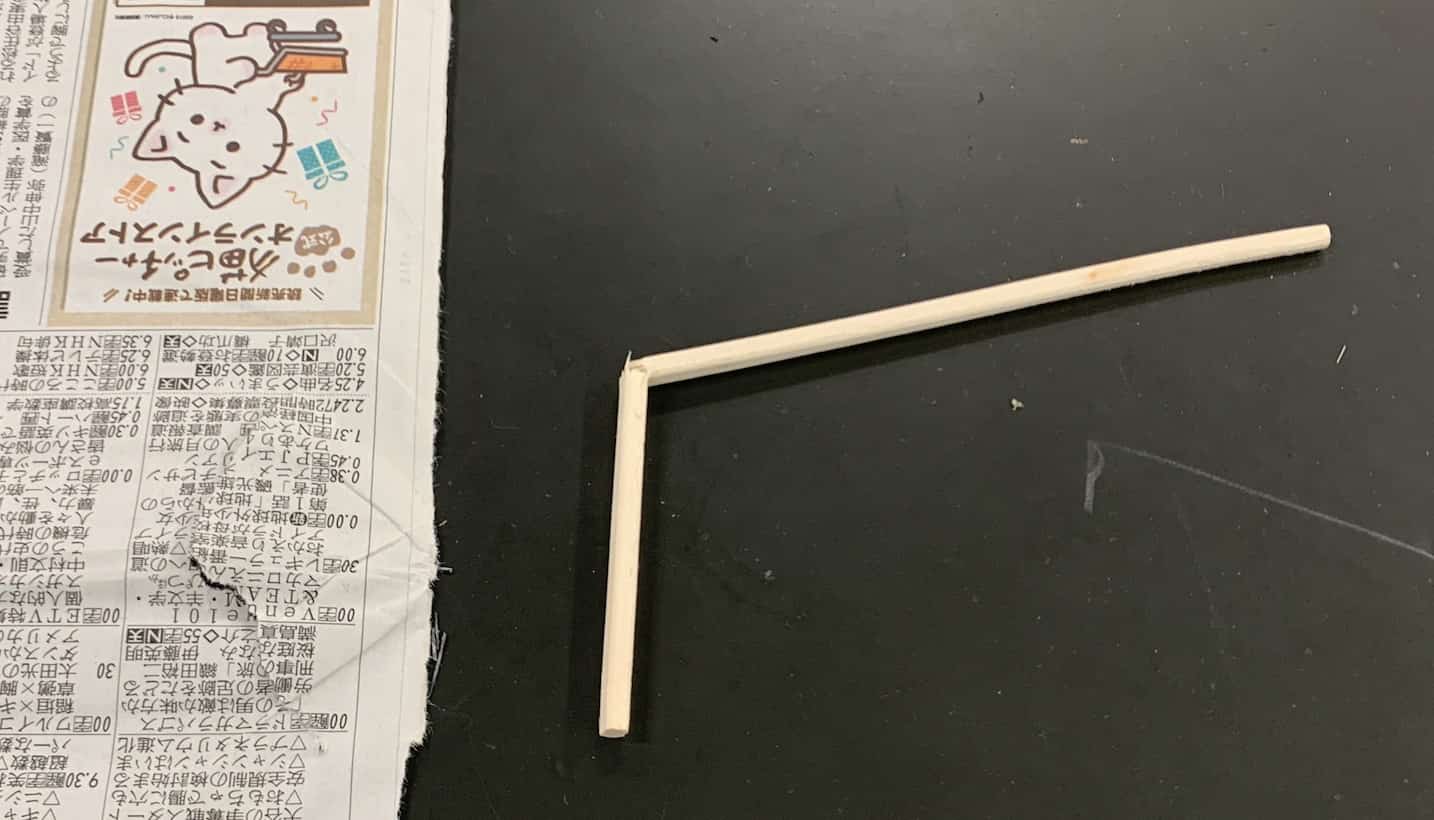
The Science Unveiled! The Invisible Force of Atmospheric Pressure
The real star of this magic trick is atmospheric pressure. We don’t usually notice it, but the air surrounding our planet has weight. This weight causes a force that constantly presses on us from every direction. That’s what atmospheric pressure is. And get this: the force is equivalent to about 10 tons per square meter! That’s like having the weight of two elephants pressing down on your back right now.
“If I’m being pressed that hard, shouldn’t I be squashed flat?” you might wonder. Don’t worry! An equal force is pushing out from inside our bodies, which is why we live our lives completely unaware of this immense pressure.
So, why does the chopstick break when covered with newspaper? The moment you strike the chopstick, it tries to lift the newspaper. However, the huge blanket of air is resting on the large surface area of the spread-out newspaper. When you hit it quickly, the air on top doesn’t have time to get out of the way.
As a result, the invisible, giant hand of “atmospheric pressure” acting over the newspaper’s vast area powerfully pins the paper down for that brief instant. This “pinning force” is much stronger than the force needed to break the chopstick, leaving the chopstick nowhere to go but to snap over the edge of the table, which acts as a pivot point.
In short, it’s easiest to think of the flimsy newspaper as momentarily becoming a “steel plate with an elephant sitting on it.”
Atmospheric Pressure is Everywhere!
This incredible force of atmospheric pressure is at work all around us in our daily lives:
Suction cups stick to the wall: When you press the cup onto the wall, the air inside is pushed out. The outside atmospheric pressure then presses the cup firmly against the wall.
Drinking through a straw: When you suck on a straw, you lower the air pressure inside. The higher atmospheric pressure outside pushes down on the liquid’s surface, forcing the liquid up and into your mouth.
Bags of potato chips on a mountain: At higher altitudes, the air is thinner, and the atmospheric pressure is lower. Since the air inside the sealed chip bag is at the pressure from a lower altitude, it pushes outward, making the bag puff up and feel “full.”
The air we never think about is actually this powerful, silently supporting our world. This experiment is easy and safe to set up, so be sure to try it at home! When you feel the power of this “invisible force” firsthand, you’ll surely be captivated by the wonder of science!
Contact and Requests
Bring the wonder and fun of science closer to home! We’ve collected easy-to-do science experiments and their simple explanations. Feel free to search around!
The content of Science Notes has been published as a book. Details here (Link in Japanese).
About the administrator, Ken Kuwako, click here (Link in Japanese).
For various requests (writing, lectures, science classes, TV supervision, appearances, etc.), click here (Link in Japanese).
・Updates on articles are posted on X!
![]() The Science Notes Channel is streaming experiment videos!
The Science Notes Channel is streaming experiment videos!

